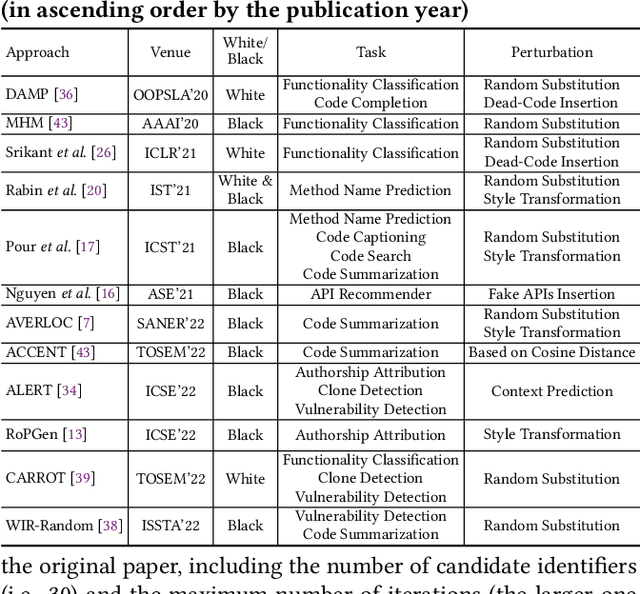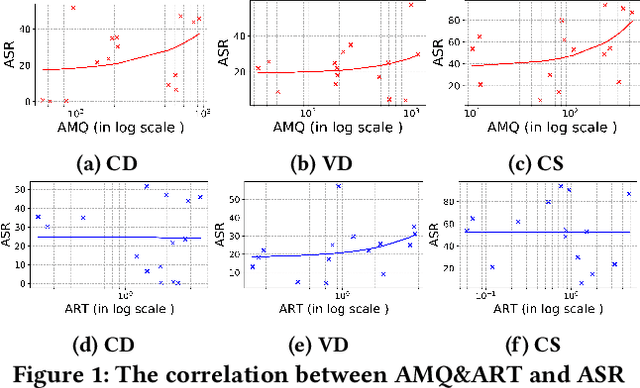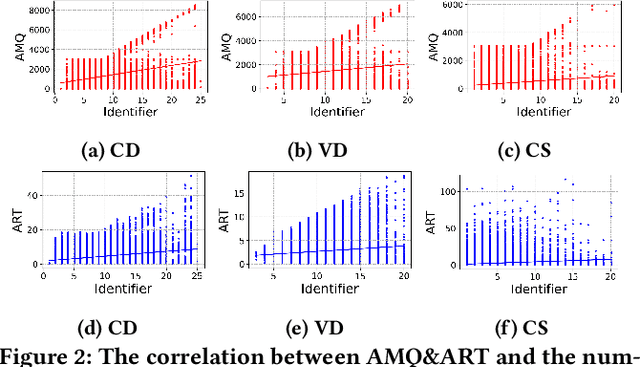Zichao Wei
Using eye tracking to investigate what native Chinese speakers notice about linguistic landscape images
Dec 16, 2023Abstract:Linguistic landscape is an important field in sociolinguistic research. Eye tracking technology is a common technology in psychological research. There are few cases of using eye movement to study linguistic landscape. This paper uses eye tracking technology to study the actual fixation of the linguistic landscape and finds that in the two dimensions of fixation time and fixation times, the fixation of native Chinese speakers to the linguistic landscape is higher than that of the general landscape. This paper argues that this phenomenon is due to the higher information density of linguistic landscapes. At the same time, the article also discusses other possible reasons for this phenomenon.
An Extensive Study on Adversarial Attack against Pre-trained Models of Code
Nov 23, 2023



Abstract:Transformer-based pre-trained models of code (PTMC) have been widely utilized and have achieved state-of-the-art performance in many mission-critical applications. However, they can be vulnerable to adversarial attacks through identifier substitution or coding style transformation, which can significantly degrade accuracy and may further incur security concerns. Although several approaches have been proposed to generate adversarial examples for PTMC, the effectiveness and efficiency of such approaches, especially on different code intelligence tasks, has not been well understood. To bridge this gap, this study systematically analyzes five state-of-the-art adversarial attack approaches from three perspectives: effectiveness, efficiency, and the quality of generated examples. The results show that none of the five approaches balances all these perspectives. Particularly, approaches with a high attack success rate tend to be time-consuming; the adversarial code they generate often lack naturalness, and vice versa. To address this limitation, we explore the impact of perturbing identifiers under different contexts and find that identifier substitution within for and if statements is the most effective. Based on these findings, we propose a new approach that prioritizes different types of statements for various tasks and further utilizes beam search to generate adversarial examples. Evaluation results show that it outperforms the state-of-the-art ALERT in terms of both effectiveness and efficiency while preserving the naturalness of the generated adversarial examples.
 Add to Chrome
Add to Chrome Add to Firefox
Add to Firefox Add to Edge
Add to Edge